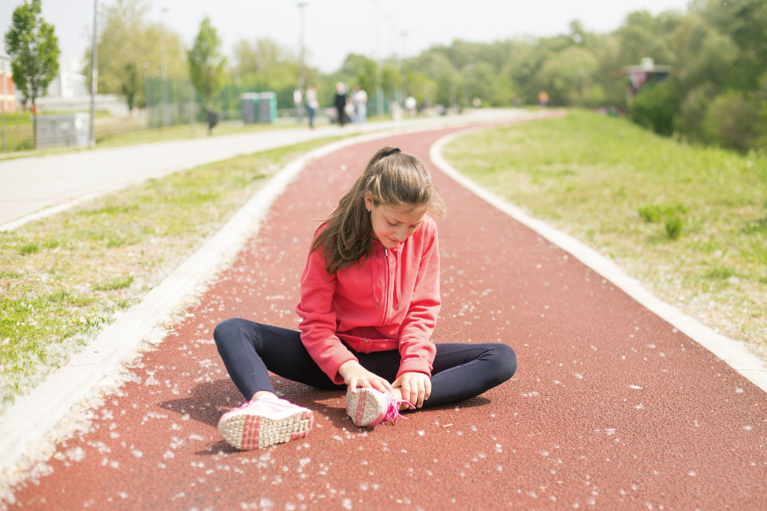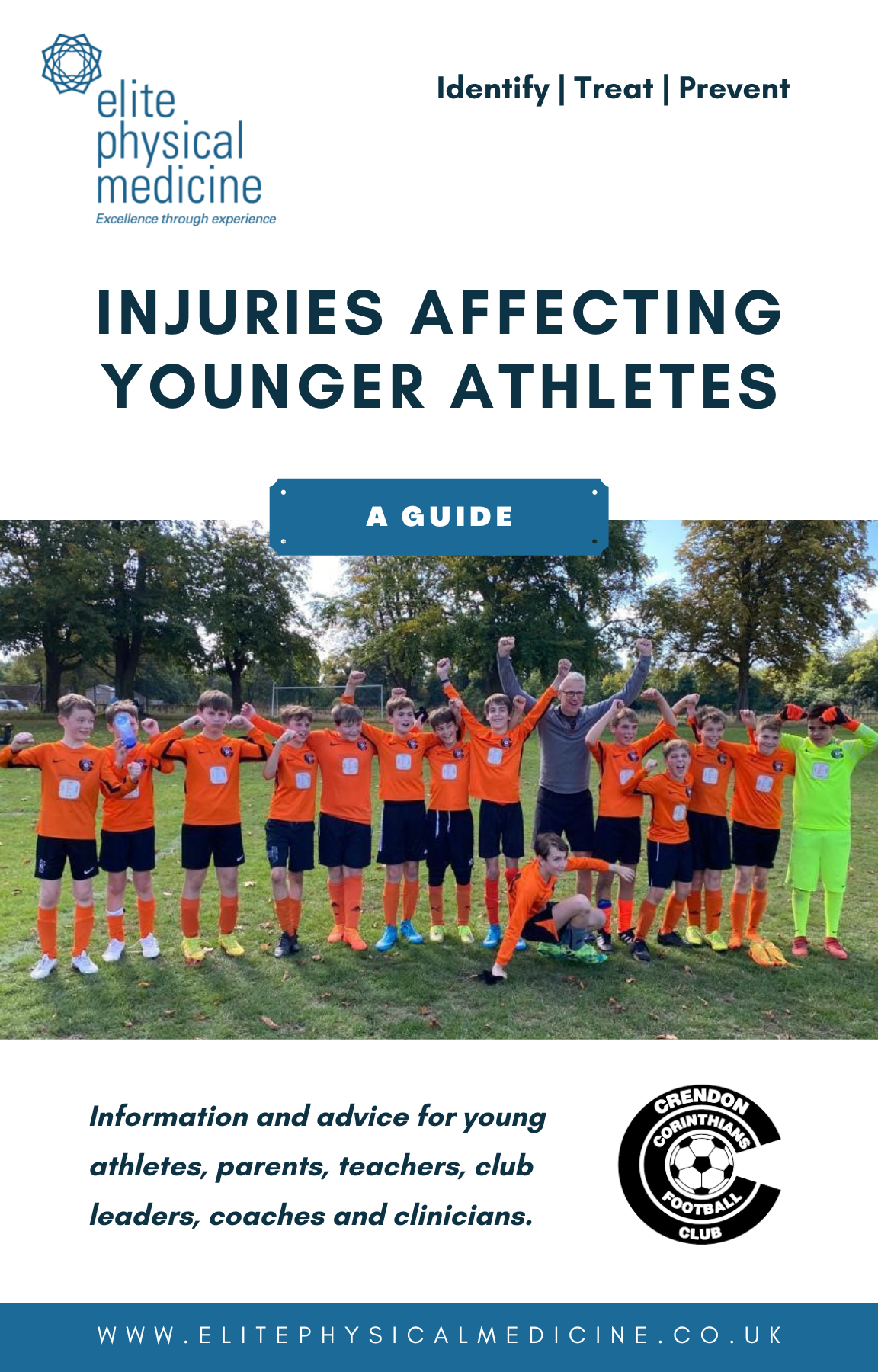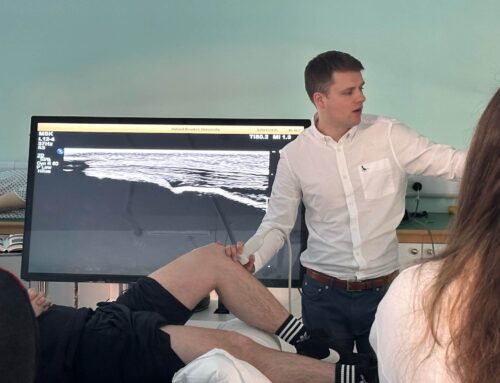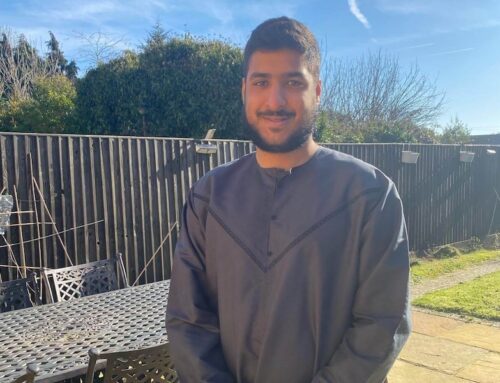The team at Elite Physical Medicine are hoping that a new digital guide will help increase awareness of common sports injuries in younger athletes.
The guide – which has been developed by Elite Physical Medicine, for teachers, parents and sports coaches – presents clinical research and more than fifteen years of hands-on experience in a friendly flipbook.
Our team have a real passion and advocacy for youth sports, which is why we strive to support young athletes in our community by running injury prevention workshops and anatomy and physiology lessons in local schools.
The benefits of playing sport for children and teenagers are well documented, and evidenced in the positive outcomes we observe for young people.
Exercise and team sports build self-confidence and help youngsters develop our social networks “in real life”.
But, like adults, young people can get injured and frustratingly, adolescent injuries can result in a young person losing out on all the benefits of sport.
Elite’s clinical director Andy McCrea was inspired to create the guide after treating the friends and teammates of his 13 year old son – young athletes who were sustaining sports injuries which often correlated with a rapid growth spurt.
Andy says:
“We’ve been seeing a lot of knee issues, heel pain, and other overuse injuries amongst young people who are very active whilst their bodies are rapidly changing.
As a parent, I’m always looking for indicators of when a child’s discomfort, or loss of form or function, starts affecting not only their performance but most importantly detracts from their enjoyment of their sport.
I wanted to create something that would help other adults recognise and respond to these injuries and offer ways to avoid them or speed up recovery. Too often the message I hear is complete cessation of exercise, which is both over simplified and unhelpful.”
The guide covers common injuries in younger athletes, from fractures and tendon injuries affecting the knee and foot, to what to do if your child complains of hip or back pain.
With the goal of helping parents and young people make informed choices about their sporting commitments, Andy and the team have also tried to address specific questions asked by parents, such as:
- “How much sport is too much for a child at this age?”
- “Is it safe for my teenager to be lifting weights?”
- “Is my child a generalist or a specialist, and why does it matter?”
If you suspect your child is currently suffering from an overuse injury, the principles of managing this include:
- R.I.C.E (rest, ice, compression, elevation)
- Appropriate volume of activity
- Identifying potential muscle imbalance
- Strengthening weak muscles
- Improving flexibility
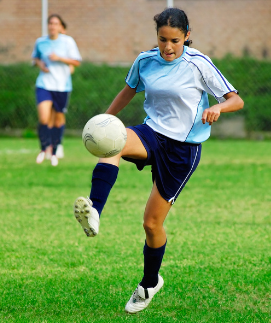
Ed Croft Baker, Manager of Crendon Corinthians U13s Football Club in Oakley, Aylesbury, was involved in developing the concept of a guide which could be shared electronically on Parent-Coach WhatsApp groups and other sports community platforms.
Ed says:
“This guide will be a huge help to hundreds of volunteers running youth sports clubs across the country, as well as supporting the work of PE teachers and academy coaches. Being able to share practical advice with athletes and their parents could significantly reduce injury rates among young players.”
To download the digital guide, please click on the blue button below.
If you’d like to be seen by one of our specialists, please click here to book an appointment.
For more information about the clinical content of the guide please click here to contact Andy McCrea. You can share the guide electronically with you child’s school or sports club and other parents by sending them this link:
https://tinyurl.com/YoungerAthletes
To find out how to have a guide like this produced for your child’s school, society or club, please click here to contact our Communications Consultant, Amy Knight.

